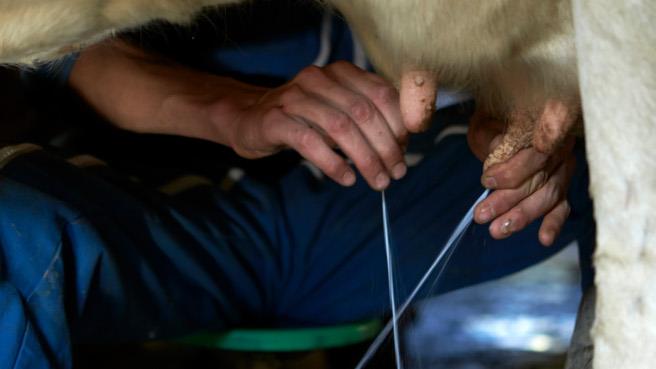January 24, 2018

January 24, 2018

Mayon volcano spews red-hot lava in another eruption as seen from Legazpi city, Albay province, around 340 kilometers (200 miles) southeast of Manila, Philippines, Wednesday, Jan. 24, 2018. Lava fountaining regularly from the Philippines' most active volcano has flowed up to 3 kilometers (1.86 miles) from the crater in a dazzling but increasingly dangerous eruption. Mount Mayon has spewed lava up to 600 meters (2,000 feet) high at times Tuesday and early Wednesday and its ash plumes stretched up to 5 kilometers (3 miles) above the crater. – (AP Photo/Bullit Marquez)
LEGAZPI, Philippines — Lava fountaining regularly from the Philippines' most active volcano has flowed up to 3 kilometers (1.86 miles) from the crater in a dazzling but increasingly dangerous eruption.
Mount Mayon has spewed lava up to 600 meters (2,000 feet) high at times Tuesday and early Wednesday and its ash plumes stretched up to 5 kilometers (3 miles) above the crater. Lava flows in two gullies had advanced down the volcano's slopes more than a kilometer (.6 miles) and pyroclastic flows — superheated gas and volcanic debris — had reached 5 kilometers (3 miles) from the crater in one area, the Philippine Institute of Volcanology and Seismology said Wednesday morning.
An explosion from the crater at nightfall Tuesday was capped by one of the most massive lava displays since Mayon started erupting more than a week ago. Authorities on Monday expanded the no-go zone to 8 kilometers (5 miles) from the crater and have warned a violent eruption may occur in hours or days, characterized by more rumblings and pyroclastic flows that will vaporize everything in their path.
At least 56,217 people were taking shelter in 46 evacuation camps Tuesday and army troops and police were helping others leave the danger zone.
Authorities, however, struggled to prevent villagers from sneaking back to check on their homes and farms and to watch a popular cockfight in Albay's Santo Domingo town despite the risks and police patrols and checkpoints.
In a sign of desperation, Cedric Daep, a provincial disaster response official, told a news conference that he has recommended electricity and water supplies be cut within the no-go zones to discourage residents from returning.
"If pyroclastic flows hit people, there is no chance for life," Daep said. "Let us not violate the natural law, avoid the prohibited zone, because if you violate, the punishment is the death penalty."
Volcanic ash has darkened the skies over nearby villages in coconut-growing Albay province, where Mayon lies.
More than 30,000 ash masks, along with food, water and medicine, have been sent to the region, but officials have warned that relief supplies may run out by mid-February if the eruption continues and new supplies don't arrive in time.
Mayon has long been popular with climbers and tourists but has erupted about 50 times in the last 500 years, sometimes violently.
In 2013, an ash eruption killed five climbers who had ventured near the summit despite warnings. Its most destructive eruption, in 1814, killed more than 1,200 people and buried the town of Cagsawa in volcanic mud. The belfry of Cagsawa's stone church still juts from the ground in an eerie reminder of Mayon's fury.
The Philippines, which has about 22 active volcanoes, lies in the "Ring of Fire," a line of seismic faults surrounding the Pacific Ocean where earthquakes and volcanic activity are common.
In 1991, Mount Pinatubo in the northern Philippines exploded in one of the biggest volcanic eruptions of the 20th century, killing about 800 people, covering entire towns and cities in ash and partly prompting the U.S. government to abandon its vast air and naval bases on the main northern Luzon island.
Courtesy/Source: AP
















































































































